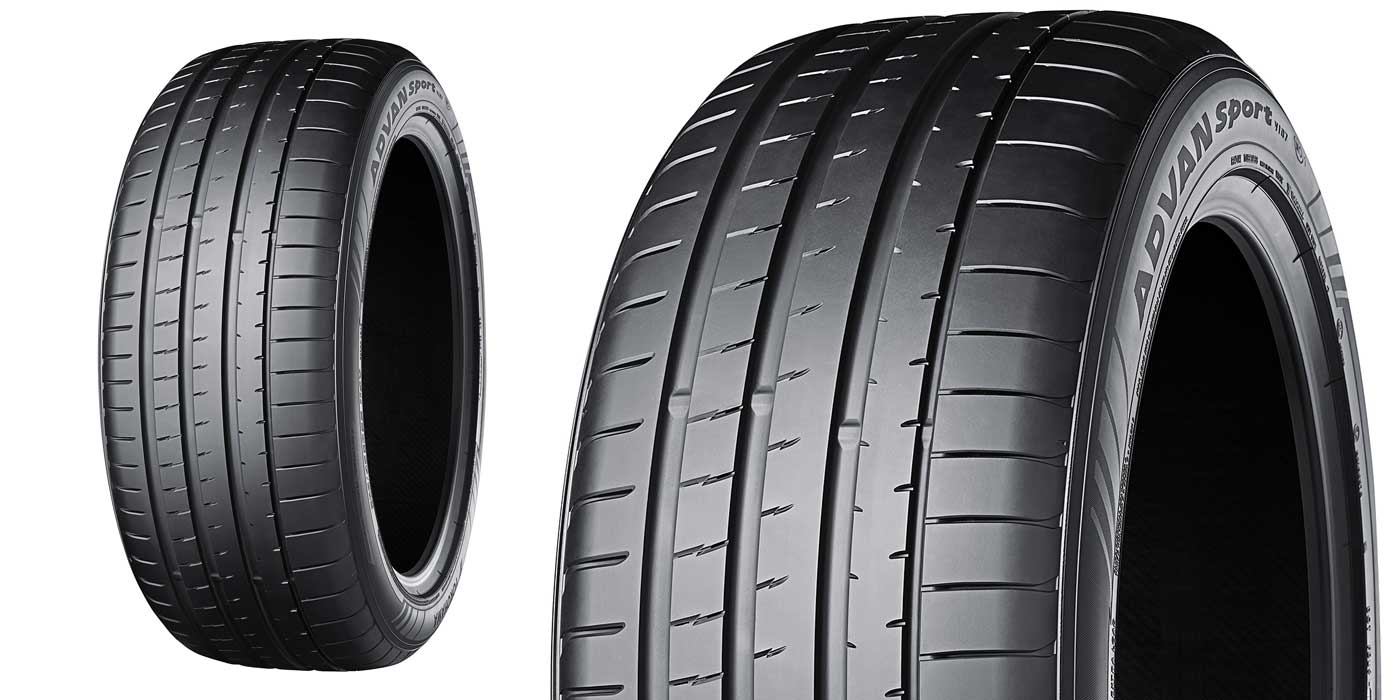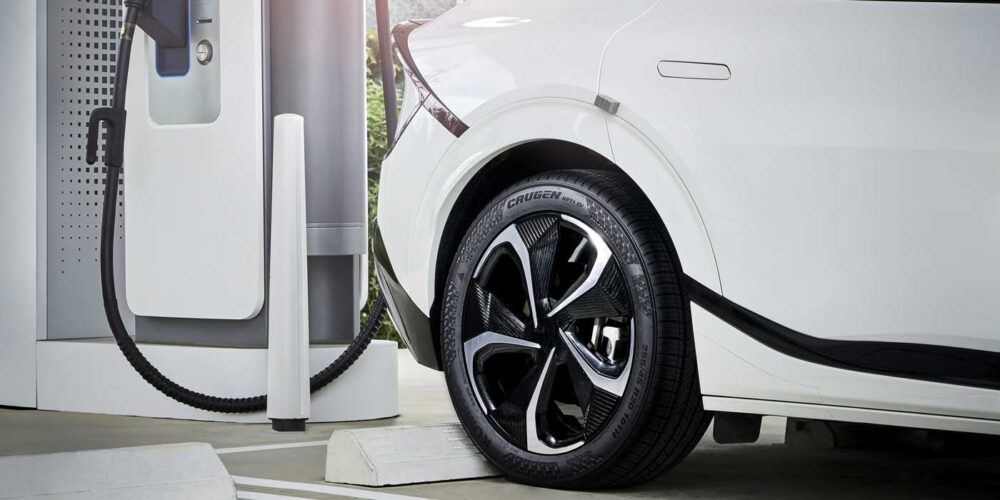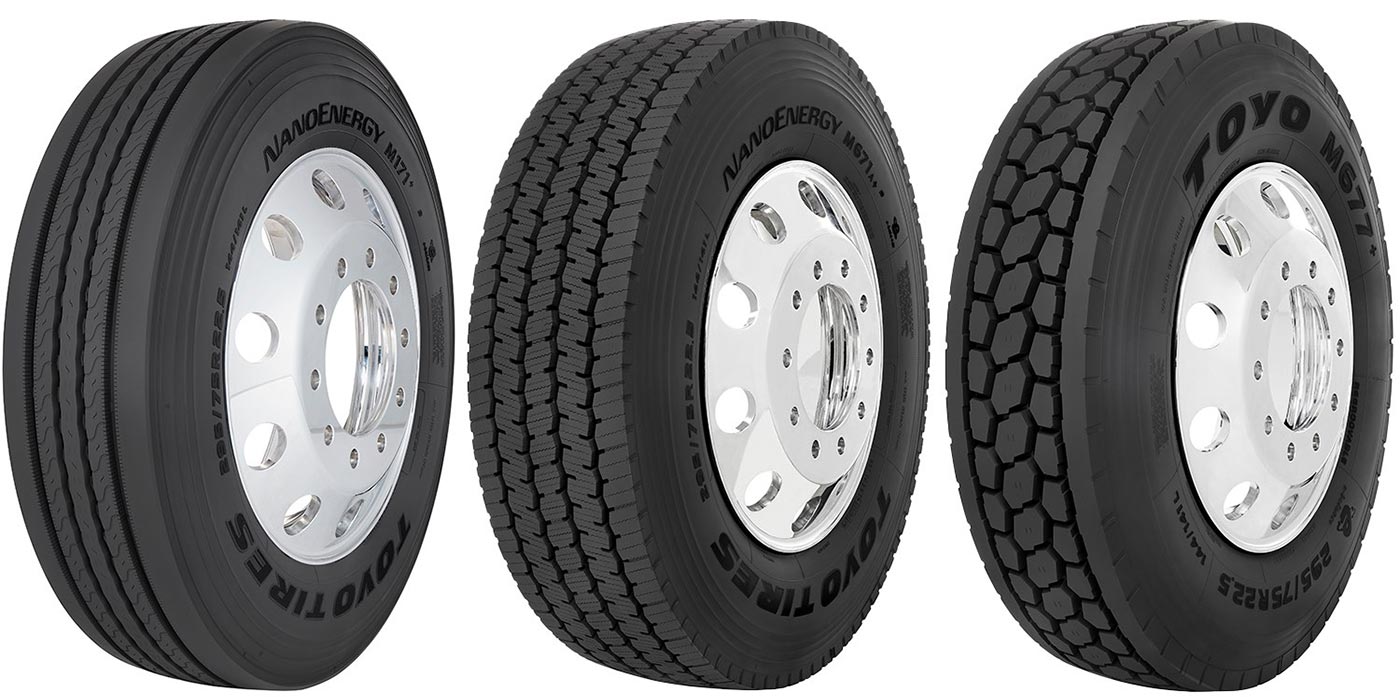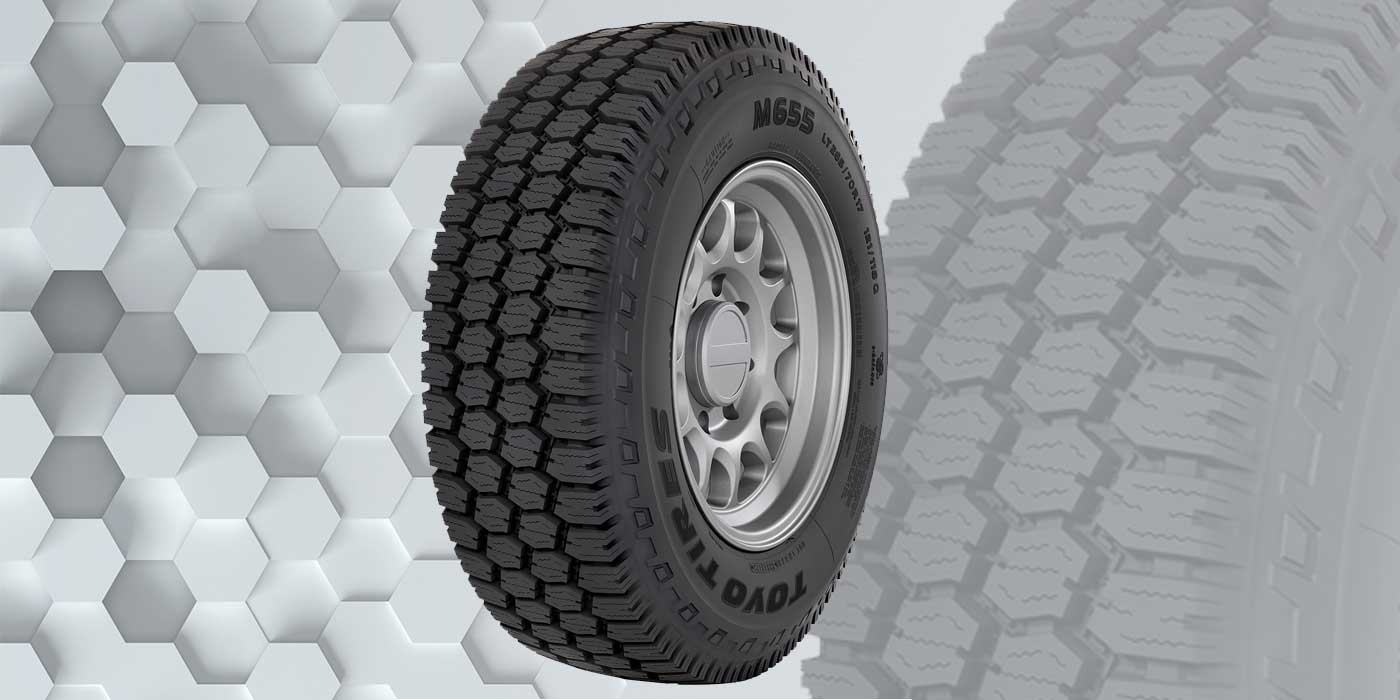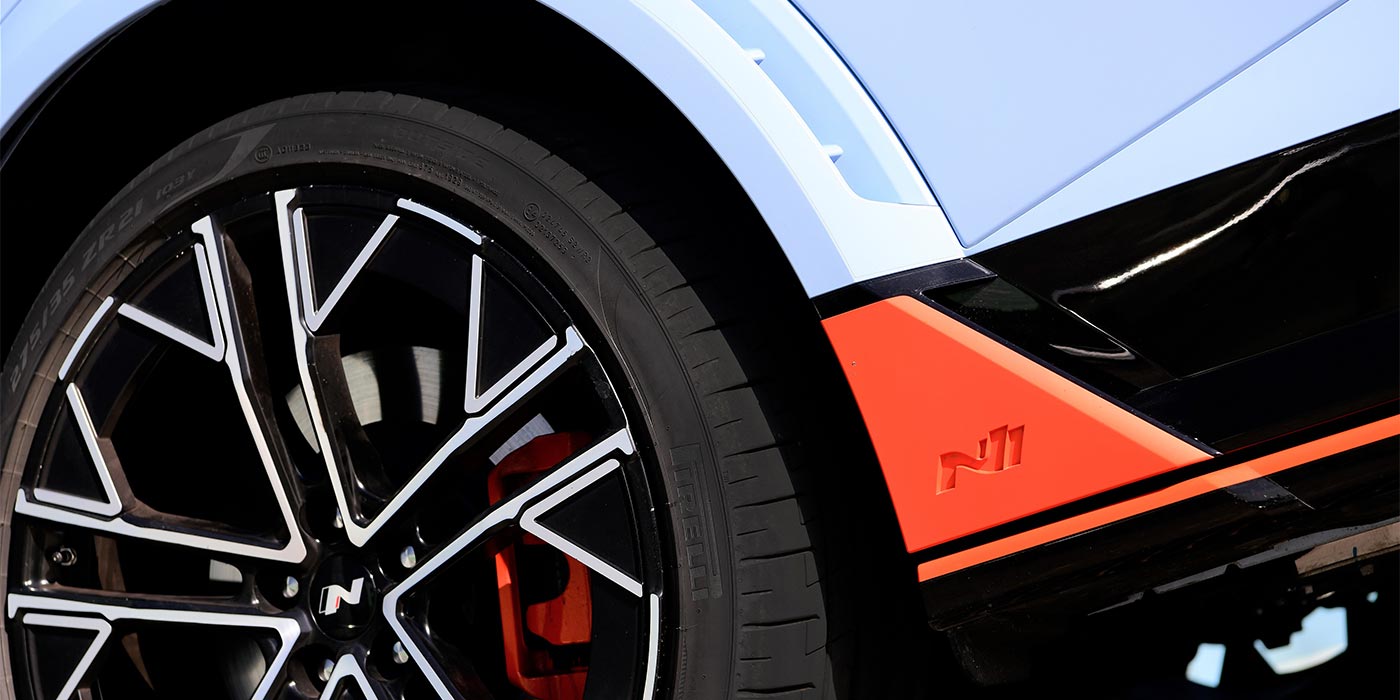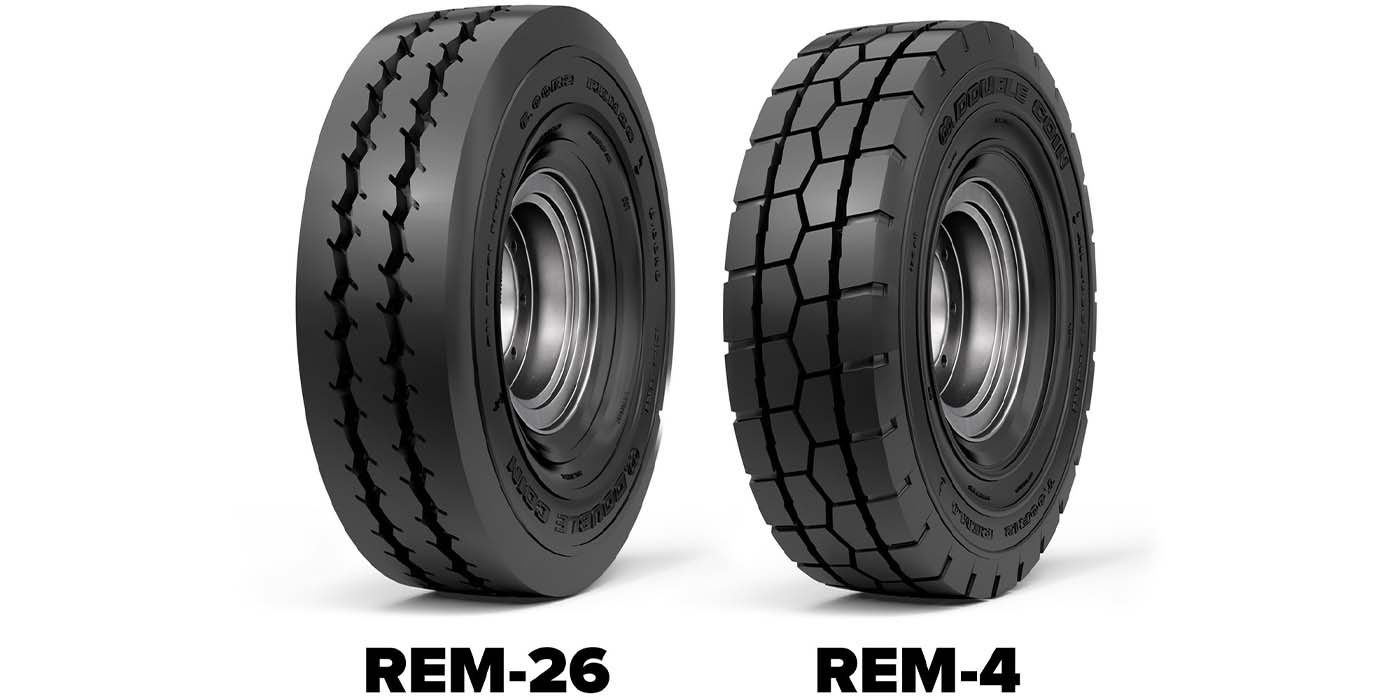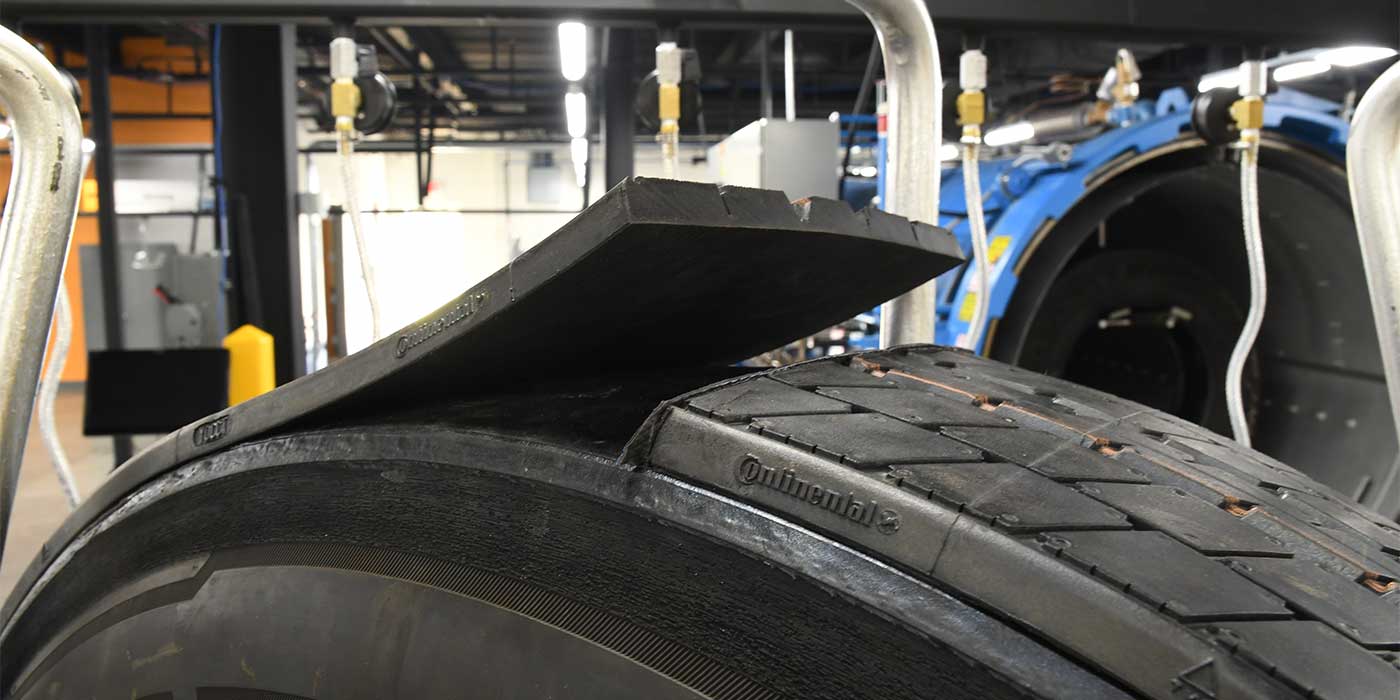Make the Right Call
Selecting the Right Valve Stem Not as Easy as It Seems
When tubeless tires first entered the commercial tire market years ago, technicians assumed that if the tubeless valve stem fit the hole in the wheel it was the right valve stem. Today, that assumption could lead to severe problems.
Over the years, very few problems have been associated with today’s tubeless valve stems, and the tremendous popularity of tubeless tires today is a testament to their success and that of the valve stems they require.
At the same time, increased inflation pressures and higher speed limits make selection of the proper valve stem extremely important.
In the last few months, calls have come into the International Tire & Rubber Association (ITRA) from commercial light truck owners complaining of a sudden loss of air in their tires, sometimes at high speeds. One major problem we found is that these individuals were using the wrong valve stems.
Most of the complaints involve light duty trucks with TR413 or TR415 series snap-in valve stems on heavy ply-rated tires that call for inflation pressures as high as 95 psi (6.6 bars). Because of their ply ratings and steel construction, many of these tires are now categorized as medium or even heavy-duty truck and bus tires. But because of their load carrying capacity, some tires are still produced in sizes we formerly considered as commercial light truck tires.
Watch Size and Conditions
In some cases, the stem hole in the wheels for these tires is the same size as the valve stem hole in a passenger vehicle wheel. The TR413 and TR415 series valve stems were originally designed to handle inflation pressures up to 60 psi (4.1 bars). Today, they are rated at a maximum of 65 psi (4.5 bars). Be aware that many old catalogs still in circulation rate the TR413 and TR415 series valve stems at 60 psi maximum.
One of the most likely problems you may encounter with the TR413 and TR415 series valve stems at any inflation pressure above 65 psi is the vale stem running at a higher than normal temperature as a result of hot weather or other similar condition. This can cause the valve stem to crack, blow out of the rim hole, or become unseated.
This can usually be corrected by installing a TR600HP or TR801HP high-pressure snap-in valve stem instead. These valve stems are rated at 100 psi (6.9 bars) maximum. Another good alternative is the use of a clamp-in metal valve stem rated at 200 psi (13.8 bars).
The TR600HP and TR602HP valve stems are specified for .453-inch diameter stem holes, and the TR801HP and TR802HP stems are specified for .625-inch diameter holes. The lower pressure TR413 valve stem should never be used on wheels with stem hole thickness greater than .156 inches, while the TR600HP high-pressure valve stem series is limited to use on wheels with a stem hole thickness no greater than .205 inches. This same tolerance applies with the TR602HP, TR801HP and TR802HP valve series.
In any case where the rim thickness at the stem hole is greater than .205 inches, a metal clamp-in valve stem must be used. The wheel can be thicker if the coined area around the hole meets the required specifications. However, you should use the stem specified for the thickness at the wheel’s stem hole.
Using Extensions
Metal valve extensions should never be used with the TR600HP and TR801HP series snap-in valves as the centrifugal force that is generated at high speeds by the added weight of the metal extension can break or crack the stem, causing it to unseat and result in a loss of air. This can probably occur even if the inflation pressure is within the limits of the snap-in valve stem.
Only plastic extensions should be used on TR600HP or TR801HP series snap-in valve stems. Metal extensions are for metal clamp-in valve stems only, and the extensions should be no longer than necessary. If a vehicle will be used on- and off-road where the stems may come in contact with mud, snow, ice or other objects, it’s always best to use sturdier metal clamp-in valve stems as short as possible.
All snap-in valve stems should be lubricated with a non-petroleum-based lubricant before being installed in the stem hole. The stem hole should be carefully inspected to ensure no sharp edges or metal slivers are present that could damage the stem, and that no rust, excessive paint drippings or other buildup is present on the valve stem seating area.
Get the Torque Right
Metal clamp-in style valve stems come in different sizes and lengths to fit nearly any type of wheel manufactured today, but one of the most popular clamp-in valve stems for wheels with a .453-inch stem hole is the TR416S. This can be a long-life valve stem because both the sealing grommet and valve core are replaceable if they become damaged or aged.
Care should be exercised when installing the clamp-in valve as each has a specific recommended torque for tightening the nut. For instance, the TR416S has a recommended torque of 24-45 in/lbs.
A good way to get a feel for the right torque is to mount the stem in a wheel and tighten it to the specified value with a torque wrench. Then loosen and retighten it by hand with a hand wrench, and check it with a torque wrench. After repeating this procedure several times, you’ll get very close to achieving the proper torque without excessively over- or under-torquing the nut.
Check Hole Specifications
If you follow procedures according to industry standards and still have problems losing air through the stem hole, check the specifications for the stem hole in the wheel, including the prementioned thickness limitations. For example, in some cases wheels with a .453-inch stem hole may not have a large enough coined or machined area around the stem hole. On this type of wheel, the coined area must be a minimum of .125 inches greater in diameter than the valve hole. Complete information on specifications can be found in the Tire & Rim Association Yearbook or from your suppliers.
Never assume that the stem on the tire/wheel assembly you are servicing for a customer is the proper stem. Someone who serviced the tire/wheel assembly before you may have made a mistake or didn’t properly match the valve stem to the hole size, air pressure or application. Installing the proper stem can be as important as matching the wheel components on a multi-piece wheel.
Watch For Zippers
Another problem beginning to surface from improper valve stem selection and application is the potential for zipper ruptures in steel cord radial truck tires. More commercial light trucks are being fitted with all-steel radial tires rather than the fabric sidewall plies used in the past. Zippers are not limited to long-haul medium truck tires, and are as dangerous on smaller size tires as they are on larger commercial units.
And remember there’s always a chance of zipper failure when steel cord tires are run underinflated. Don’t take any chances when mounting or inflating these tires. A small light truck tire can be just as deadly as a larger truck tire if it fractures in the sidewall.
Tell your customers that no matter what type of stem they use, there is an air pressure gauge to fit it. It’s a good idea to teach them how to use a tire gauge properly and explain why it is important.
Marvin Bozarth is executive director of the ITRA and a respected expert on commercial tires and service. This article originally appeared in ITRA’s Tire Retreading/Repair Journal. The upcoming World ITRA Expo – Apr. 19-21 in Nashville – will feature a workshop on Proper Tire Valve Selection and Installation.

